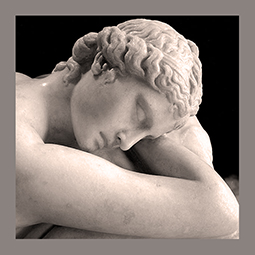Author: G. Arena
Download article as .pdf: Ingordi, pigri e flaccidi: gli atleti di Roma imperiale fra realtà e pregiudizio
Although the practice of competitive sports permeated the urban society of the Greek world since the archaic age, the competitive life did not last forever: much has been written about the causes and times of the “decline” of athleticism – generally the ones seen in ethical-social factors and the others identified in political-cultural reasons – which, at the end of the 3rd and especially during the 4th century AD, would have decreed the disappearance of the Olympic games. The in-depth analysis of numerous texts written by intellectuals such as Artemidorus of Daldis, Galen of Pergamum and Philostratus of Lemnus makes it possible not only to backdate the initial phase of this long-lasting involutionary phenomenon to the late Antonine and Severan periods, but also to understand the profound, multiple and by no means obvious reasons that probably triggered in the Roman-imperial elites a growing suspicion and an irremediable “disgust” towards athletes and their coaches.



